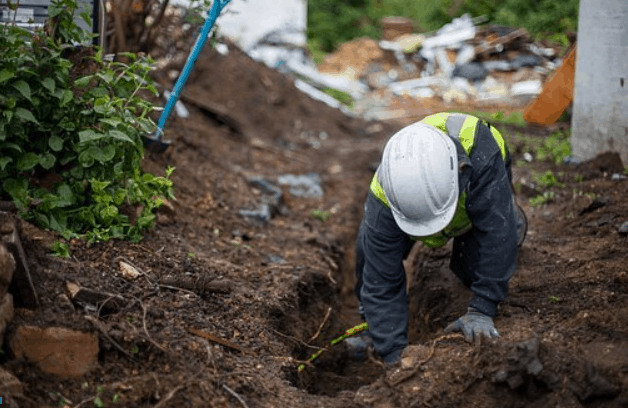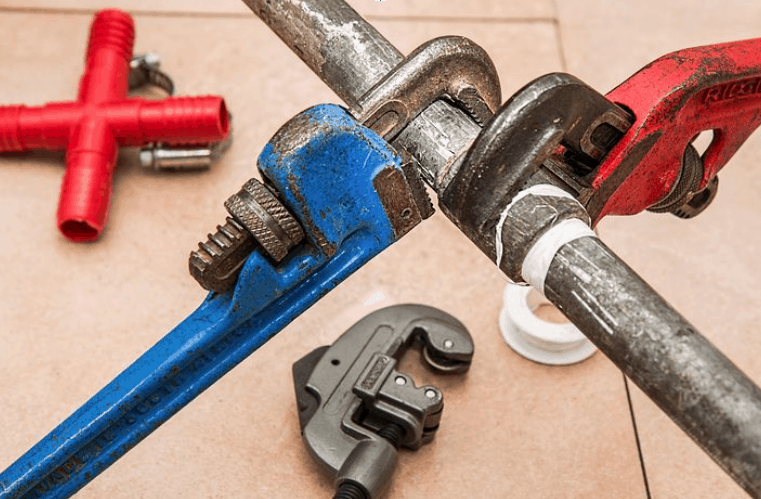The plumbing of a home is one of its most essential elements. A home’s plumbing makes up about fifteen percent of the home’s value hence its importance.
Unfortunately, many homeowners know very little about the plumbing inside their homes and who can blame them. They all have jobs to do to ensure that the plumbing is well maintained.
However, every homeowner could benefit from knowing something about their home’s plumbing. A plumbing inspection is a systematic process of checking the vital elements of a home’s plumbing system. A plumbing system is crucial to ensuring your plumbing system runs smoothly.
The following is a guide to help you check the quality of your home plumbing:
1.Close the Main Water Supply
The first thing you should do before you conduct any home plumbing inspection is to shut off the water supply. If you don’t, your assessment will not be comprehensive, and you will not know the precise quality of your home’s plumbing.
You should go to the main water valve and turn it anti-clockwise to shut it. Start the inspection by checking the main water valve for any defect or malfunction. You should also check if there is a water leak at the main valve.
Another thing you should check is if the meter stops when you shut off the valve. If the meter continues reading after you shut off the valve, there is an issue with the system.
2.Check Water Pressure
If you are sure that the main valve is functioning correctly, you should check other plumbing system elements. One thing you should do is the water piping pressure test.
Turn on your water to check the pressure of water flowing through the pipes. You should vary the water pressure between 75 and 100 PSI to test the normal working pressure.
If you don’t know how or don’t have the tools to check the water pressure, you should call a local plumber to do it – All Service Plumbers in Southern California can help you with a water pressure test if you live in the area. They can also check other aspects of your plumbing.
Water pressure determines the level of water flow in your plumbing system hence its importance. A lack of water pressure is a sign of problems with the system.
3.Check Sewer and Drainage Lines
Another crucial facet of your plumbing system is drainage. If you have proper drainage, your plumbing system will probably function correctly and vice-versa. Check the drainage systems to see if there is any pipe corrosion, damage, or clogging. Many factors can affect your drainage system.
You should access the sewer lines of your home from your property to the curb connection. Check the septic tank to see if it needs draining because if it is full, there will be backflow into your plumbing system.
4.Check Plumbing Fixtures
The main valve is the main point of control for your water supply and plumbing system. However, all fixtures in the system have valves to control the water supply. You should check these fixtures individually and ensure they are correctly functioning to affect the entire system.
Check any of the water supply lines and ensure water plus refuse is freely flowing through them. Evaluate the internal and external parts of the property to see if there are any signs of water damage.
Check the gutters, water hoses, and any drains on your property to ascertain any blockages that adversely affect the plumbing system.
5.Search for Leaks

Leaks are a sign of issues with your plumbing system; hence you should regularly check for any water leaks. Take the time to go around your property and review as many places as possible for any water leaks.
It would be best to start with the basement and attic as these are the places most likely to have an unknown leak. It is especially so if you have a boiler or heated water tank in the basement or attic.
Move on to other rooms in your house, checking each conclusively to ensure leaks though it is easy to notice a water leak in the living room.
The places where you use the plumbing and water tend to have leaks that most homeowners ignore. Therefore, check the bathroom, toilets, and kitchen for any leaks. If there are any leaks, you should address them immediately.
You should always perform a complete plumbing checklist before purchasing or renting a property. It will ensure you pay the right price and avoid severe problems in the future. The above is a comprehensive guide that will help you assess your home’s plumbing quality and maintain it in the future.













